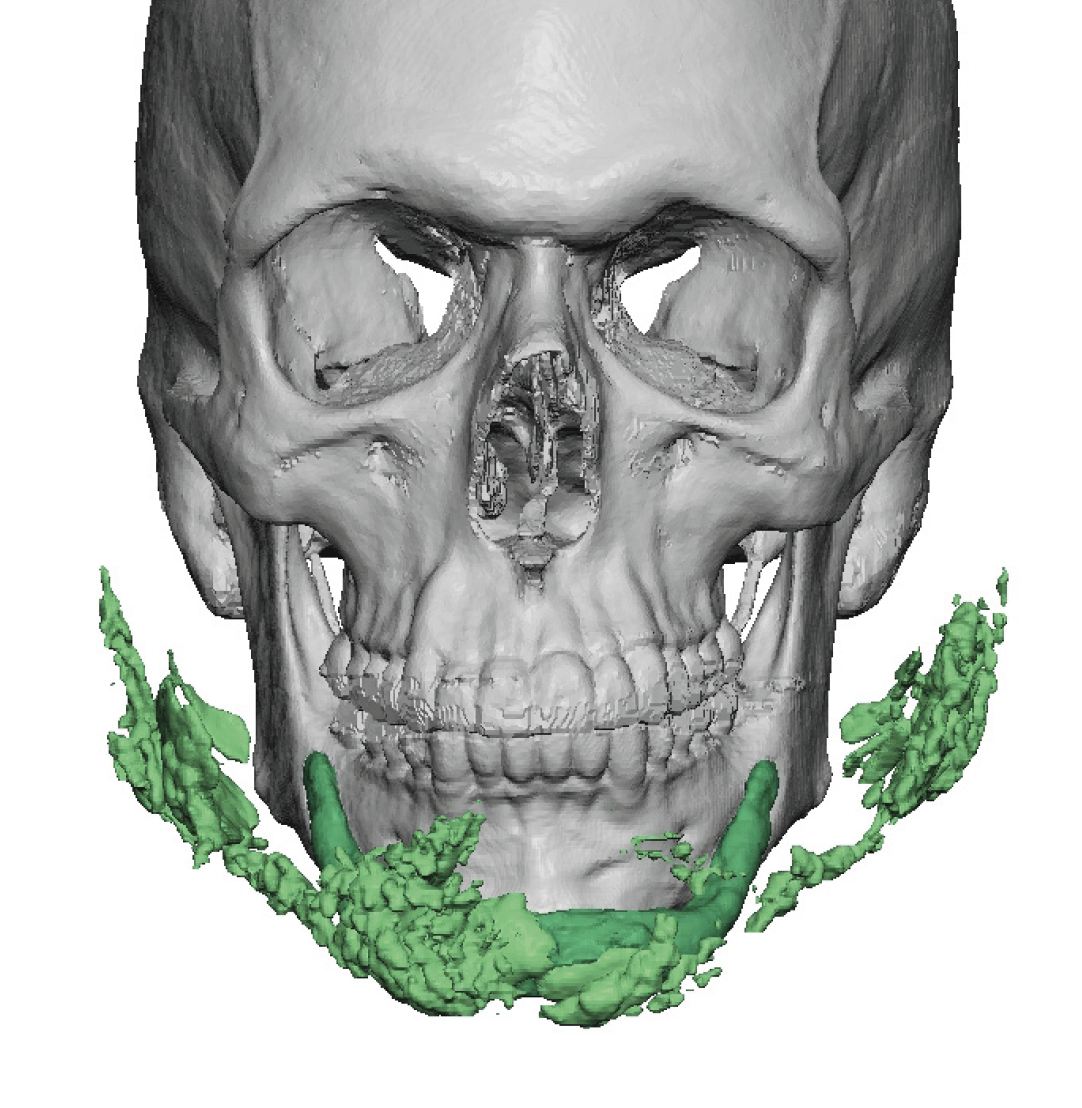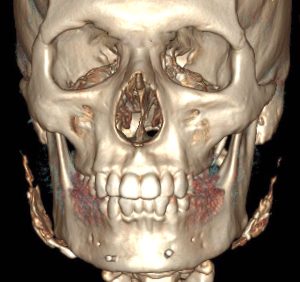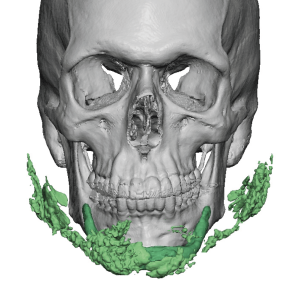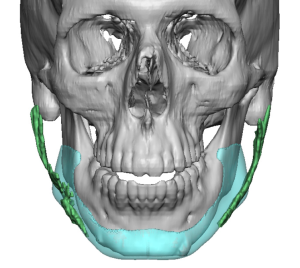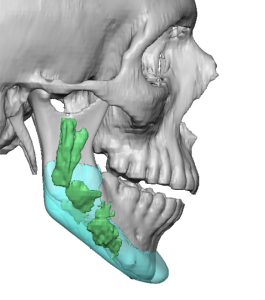When injectable fillers were first introduced they were used for very specific spots areas such as the lips and nasolabial folds. But today there use has extended to every conceivable facial augmentation need or request. Facial bone augmentation by injectable fillers is now commonly done for chin, cheek and jaw augmentation.
Beyond the differences with implants due to their temporary effects is how comparative are their aesthetic outcomes. Patients frequently use injectable filler as a test before considering implant surgery while other patients develop filler fatigue and wish to graduate to a permanent implant approach for their facial augmentation needs.
Inejectable fillers are mainly placed in the soft tissues. Even if the injection needle or cannula is placed right up against the bone, a true bone augmentation effect is not going to be achieved. Filler can not lift the tight periosteal covering of bone and thus the injectable filler is spread out in the soft tissue above the bone in in a wider dispersed pattern. Injectors talk about stacking filler injectates on top of each other which is an attempt to get more volume push in an outward linear direction…which does not have somewhat of an effect in that regard. But this should not be confused with the effects of implants in which the a wide subperiosteal plane is developed along the surface area of the bone. From this subperiosteal plane implant placement provides a more profound push/displacement on the overlying soft tissue along the perpendicular length of the bone.
Thus it is no surprise that facial augmentation of fillers vs implants do not have the same aesthetic effect. How similar or dissimilar these effects are depends on the facial area being augmented. It becomes a function of the thickness of the soft tissue layer over the bone and the exact effect the patient is seeking. The closest effects between fillers and implants is that of the cheeks. This is largely because desirable cheek augmentation effects do not involve creating sharp angles or distinct lines of augmentation. Most cheek augmentation effects are designed to be softer and rounder and not all such midface effects are based purely over the underlying bone.
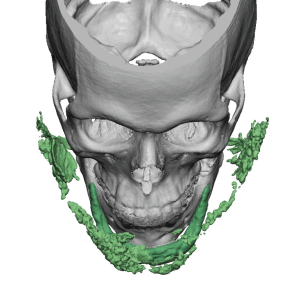
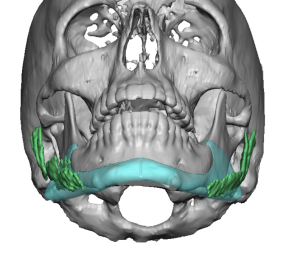
Injectable fillers have a very valuable role in aesthetic facial augmentation.While their effects may be temporary they do provide an augmentative effect and, if the patient ever go onto ti seeking permanent implant results, the filler provides valuable information to help guide the implant design…even if its effects is not the same as what an implant will create.
Dr. Barry Eppley
Indianapolis, Indiana

